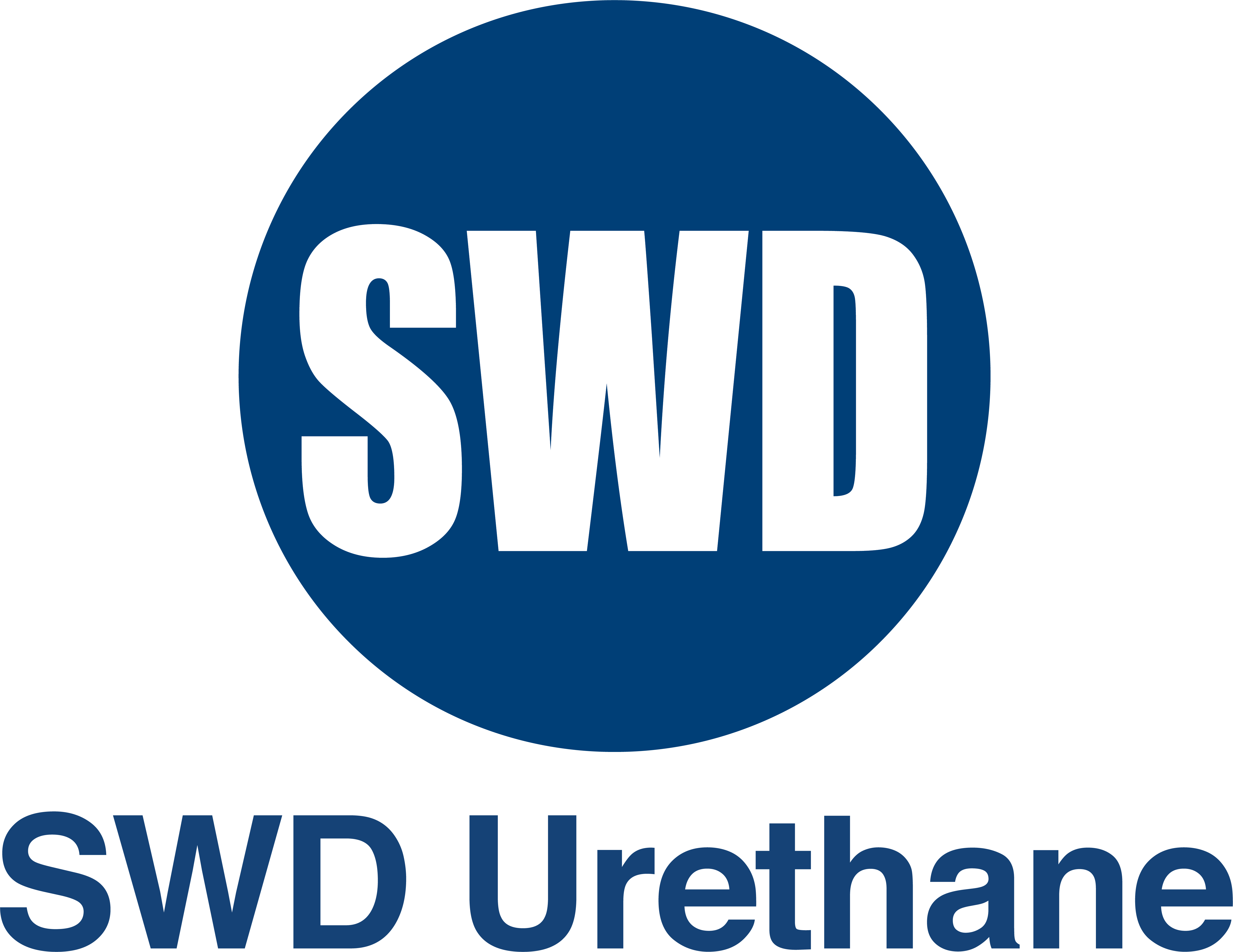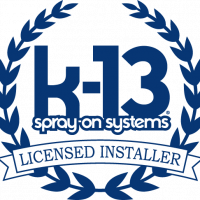You probably know you have several building insulation material options to choose from. But which one is best for your home or commercial building? After all, there are many significant benefits to some of the available options, while others can leave you wishing for more. Here’s a look at some of the key differences between spray foam insulation and other forms of traditional insulation installation in Northern California.
The main difference
Spray foam insulation differs from more traditional types, like fiberglass and cellulose, in that it’s an air barrier and thermal barrier all rolled into one. Traditional forms of insulation don’t provide any barriers to the flow of air.
Attic insulation options
Before upgrading your attic insulation, you want to be sure you are choosing the right type of insulation for your needs, energy efficiency and indoor comfort. Below are the three main types of insulation materials:
- Spray foam insulation: When it comes to easy-to-install insulation, spray foam takes the cake. This dense foam is applied onto the surfaces in need of insulation and expands to fill the space around it. Unlike rolled fiberglass and blown-in materials, foam seals air leaks and creates a barrier from moisture. Closed-cell foam is generally more rigid and hardens after application, while open-cell is spongy and a bit softer. If you need to access an area coated in the foam, it must be removed by cutting or scraping. Afterward, replacement is as simple as respraying the affected area. The foam will naturally close the gaps as it expands.
- Batt insulation (fiberglass): It’s generally pink, looks like cotton candy and is always itchy if you’re unlucky enough to get any on you—this is batt insulation. This is a tried and true solution to the needs of millions of American homes, but it has something to be desired when it comes to longevity, moisture protections and performance in nooks and crannies. It’s fairly easy to install and doesn’t require any curing time or special magic to get it working. If you need to work on an area with this type of insulation, simply roll it up and try not to let it touch your bare skin.
- Blown-in insulation: Blown-in insulation is another popular option these days, but it’s way messier than batt or spray foam insulations. Essentially, blown-in insulation is cellulose that is pumped into spaces like attics. Because it is largely made of paper, it isn’t great at sealing out moisture or killing air leaks once and for all. In fact, it does the exact opposite and can soak water up. This can mean wet material sitting around in your attic waiting to grow mold and cause rot. Working on an area with this insulation will require scooping it out by hand before work can proceed.
So, which is better? Talking to Ace Insulation Inc. is a great place to start. Not every house is an ideal candidate for every type of insulation, so be sure to do your homework before making an investment in insulation installation in Northern California. Otherwise, the wrong choice could have you regretting your decision down the line!


